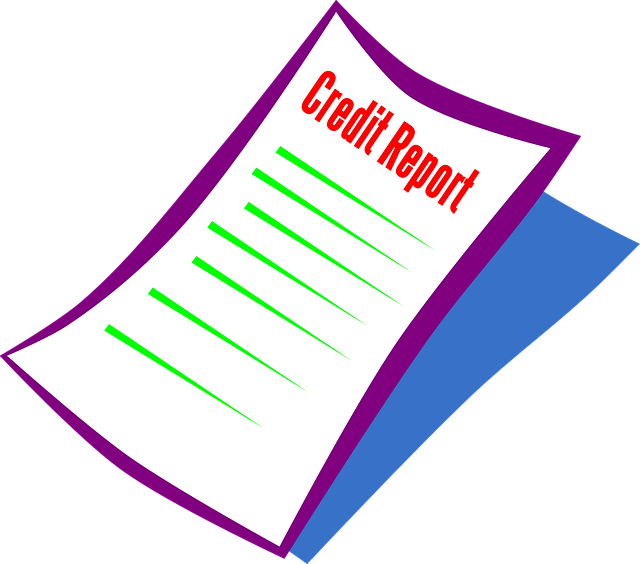Title loan maximum terms vary by state and lender in San Antonio and Houston, with consumer protection as a focus. Concerns arise over stringent repayment structures and high-interest rates that can trap borrowers, especially low-income individuals, in debt cycles. Advocates push for flexible term limits, reduced interest rates, transparent vehicle valuation, and clear loan term communication to prevent predatory lending practices.
Title loans, a form of secured lending backed by vehicle titles, come with stringent maximum term limits. While these caps aim to protect consumers from predatory practices, they also spark advocacy concerns. This article delves into the intricacies of title loan maximum terms, examines consumer worries, and advocates for fair lending practices to ensure borrowers receive transparent, affordable, and manageable loans without excessive restrictions.
- Understanding Title Loan Maximum Terms
- Consumer Concerns: A Closer Look
- Advocating for Fair Lending Practices
Understanding Title Loan Maximum Terms

Title loan maximum terms refer to the legal limits on the amount a borrower can obtain through a title loan—a type of short-term financing secured by a vehicle’s registration (title). These caps are designed to protect consumers from excessive borrowing, ensuring they only take out funds they can realistically repay. The specific maximums vary by state and lender, with some regions setting stricter limits than others.
In San Antonio Loans, for instance, borrowers often face title loan maximum terms that limit the amount borrowed to a certain percentage of their vehicle’s value. This ensures that loans remain within a manageable range for emergency funds needed in times of financial distress. Additionally, flexible payments are typically offered, allowing borrowers to spread out repayments over an extended period, which can help them manage their finances better while still meeting their loan obligations.
Consumer Concerns: A Closer Look

Many consumers are raising their voices against the perceived exploitation by lenders offering Houston title loans with maximum term limits. The focus on these short-term, secured loans—where borrowers use their car titles as collateral—has sparked a wave of advocacy, driven by concerns over the often stringent repayment options and high-interest rates attached to these products.
Advocates argue that for those facing financial hardship, title loan maximum terms can create an unmanageable cycle of debt. Repayment options, typically structured in weekly or bi-weekly installments, may require substantial portions of borrowers’ income, hindering their ability to regain financial stability and escape the grip of high-interest lending practices. This is particularly problematic for low-income individuals and families who rely on these loans as a last resort, only to find themselves trapped in a cycle of increasing debt and financial strain.
Advocating for Fair Lending Practices

Advocating for fair lending practices is a crucial aspect of protecting consumers from predatory financial institutions. When it comes to title loans, one of the primary concerns is understanding and promoting reasonable maximum loan terms. The high-interest rates and short repayment periods associated with these loans can create a vicious cycle for borrowers, leading to long-term financial strain. Consumer advocates argue that transparency in vehicle valuation processes and clearer communication about loan terms are essential steps towards fairer lending practices.
By pushing for regulations that mandate accurate no credit check alternatives and extended loan periods, advocates aim to ensure borrowers have a more sustainable option. This approach not only helps individuals avoid the potential pitfalls of title loans but also encourages lenders to adopt ethical business models. Such efforts are vital in ensuring that consumers can access much-needed funds without facing unreasonable terms that could exacerbate their financial challenges.
Title loan maximum terms have sparked consumer advocacy concerns, highlighting the need for fair lending practices. By understanding these limits and addressing associated consumer worries, we can foster a more transparent and equitable lending landscape. Advocating for reforms ensures that borrowers are protected from exploitative practices, promoting responsible borrowing and access to affordable credit.






